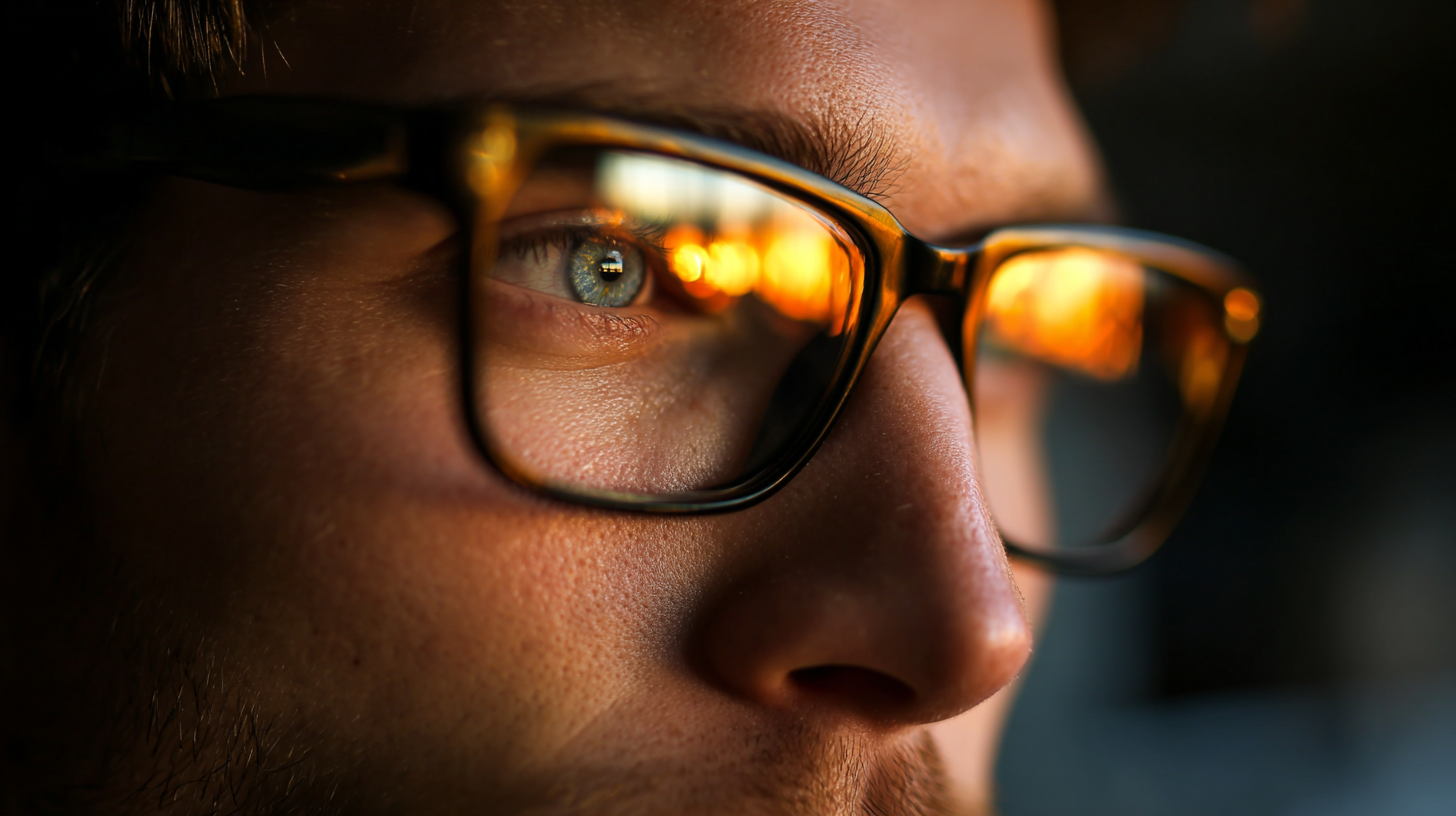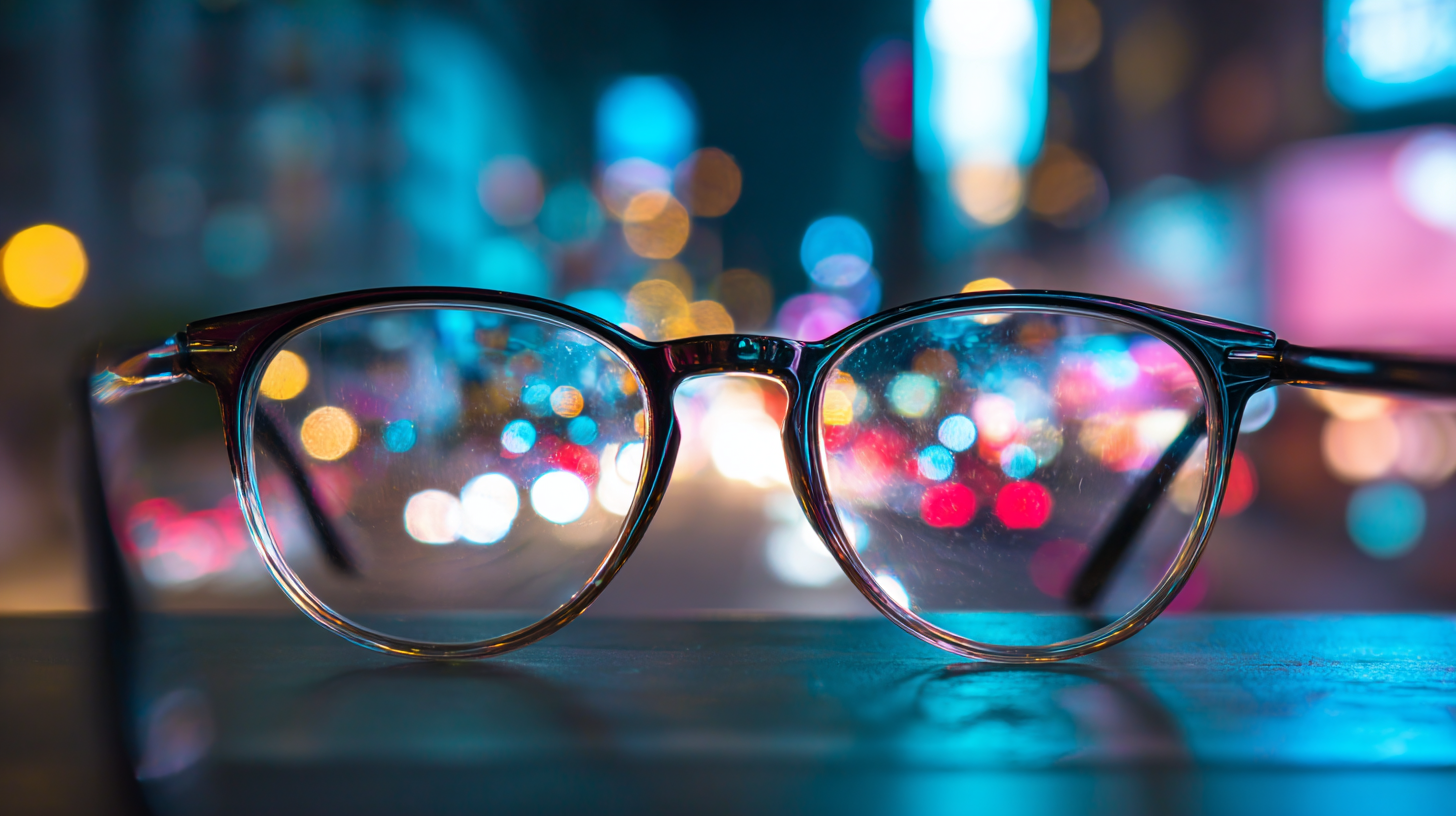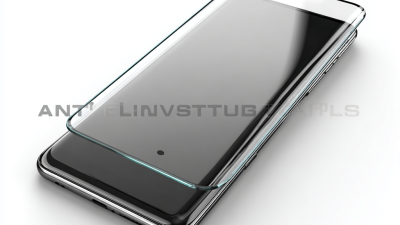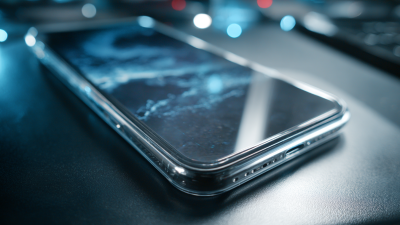
In today's visually driven world, mitigating the impact of glare from digital screens and bright environments has become increasingly important for eye health and overall comfort. Anti-Glare Glass technology offers a practical solution by significantly reducing reflections and enhancing visibility, which is critical as studies indicate that approximately 70% of adults experience eye strain due to prolonged screen exposure (American Optometric Association, 2020). This discomfort, often referred to as digital eye strain, underscores the necessity of protective measures like Anti-Glare Glass.

Furthermore, research by the Optical Society has shown that glare can lead to decreased visual performance, increased eye fatigue, and long-term vision problems. By understanding the science behind Anti-Glare Glass and its efficacy, individuals and professionals alike can make informed decisions about eye care and the integration of this technology into various visual applications, from eyewear to electronic devices.
Anti-glare glass, commonly referred to as anti-reflective glass, is designed to reduce the reflection of light from its surface, enhancing visibility and comfort, particularly in environments that entail prolonged screen exposure or reading. The technology behind anti-glare glass involves a specialized coating that minimizes reflections by allowing more light to transmit through the glass while scattering the remaining light. This can significantly improve the clarity of displays, as noted by the American Optometric Association, which states that reducing glare can enhance visual performance, especially in bright surroundings.
According to a report from the Vision Council, nearly 70% of adults experience some form of digital eye strain, a condition exacerbated by glare from screens. By integrating anti-glare glass into devices such as monitors, laptops, and smartphones, users can significantly reduce discomfort and improve their overall visual experience. This becomes increasingly important in our digital age where screens are ubiquitous.
Tips: To maximize the benefits of anti-glare glass, consider using it in conjunction with proper lighting to minimize harsh contrasts in your environment. Additionally, periodically taking breaks from screen time can help alleviate eye strain, ensuring your vision remains comfortable and healthy.
| Dimension | Details |
|---|---|
| Definition | Anti-glare glass is a type of glass that reduces reflections and glare, improving visibility and comfort. |
| Mechanism | It works by using a special coating to diffuse light, which minimizes reflections and enhances clarity. |
| Benefits | Reduces eye strain, improves visual acuity, and enhances comfort in bright conditions. |
| Ideal Use Cases | Commonly used in eyewear, monitors, and architectural glass where glare reduction is desired. |
| Eye Health Impact | Can lead to longer viewing periods with less discomfort and reduce symptoms of digital eye strain. |
| Maintenance | Regular cleaning with appropriate materials is essential to maintain its anti-glare properties. |
Anti-glare technology plays a crucial role in enhancing eye comfort, especially in today’s digital age where screen time is at an all-time high. The primary function of anti-glare coatings is to reduce reflections and glare from light sources, which can cause eye strain and discomfort. This is particularly important for individuals who spend extended hours in front of computers or mobile devices. By minimizing glare, these coatings help users maintain clearer vision, thereby reducing the need to squint or strain their eyes.
Moreover, anti-glare glasses contribute to overall eye health by promoting a more relaxed visual experience. When glare is minimized, the eyes are less likely to become fatigued, which can lead to symptoms of digital eye strain such as dryness, irritation, and headaches. Incorporating anti-glare technology into eyewear not only enhances comfort but also supports better focus and productivity throughout the day. As awareness of the importance of eye comfort grows, investing in anti-glare solutions becomes essential for anyone looking to protect their eye health in a visually demanding environment.
In today's digital landscape, the prevalence of screens has led to an increase in eye strain, often referred to as digital eye fatigue. This phenomenon occurs due to prolonged exposure to blue light emitted by digital devices, which can disrupt sleep patterns and cause discomfort. A report from the American Optometric Association emphasizes that approximately 50% to 90% of people who work at a computer experience some form of eye strain. This highlights the urgent need for solutions like anti-glare and blue light filtering glasses to mitigate these effects.
Anti-glare glasses have emerged as a popular option for reducing the glare from screens and improving visual comfort. According to research published in the Journal of Optometry, using anti-reflective coatings can considerably decrease the amount of light reflecting off lenses, leading to a clearer and more comfortable viewing experience. Furthermore, glasses with blue light filtering technology claim to block a significant portion of blue light, which varies by brand but often ranges from 20% to 50%. Users report experiencing less eye fatigue and improved concentration during prolonged screen time, making these glasses a valuable investment in eye health for anyone immersed in the digital world.

Anti-glare coatings have become essential in enhancing visual clarity, particularly for individuals who spend prolonged periods in front of screens. These coatings work by minimizing reflections that can obstruct vision, allowing for clearer imagery and reduced eye strain. When light hits a surface, it can reflect off at various angles, creating glare that not only makes it difficult to see but can also lead to discomfort and fatigue. By applying an anti-glare coating, the reflection of light is significantly reduced, which improves overall visual comfort and allows for longer periods of concentration without the common side effects of eye strain.
Moreover, the role of anti-glare coatings extends beyond just comfort; they play a crucial part in preserving eye health. With the increasing use of digital devices, blue light exposure has raised concerns regarding its impact on vision. Anti-glare coatings often incorporate filters that reduce the quantity of blue light entering the eyes, thereby protecting the retina from potential damage. This advance in technology not only fosters clearer vision but also contributes to a more enjoyable viewing experience, making it an invaluable addition to eye care solutions in our screen-dominated world.
Choosing the right anti-glare glass is crucial for maintaining long-term eye health. In today’s digital age, where screens dominate our daily lives, the risk of eye strain and discomfort has increased significantly. High-quality anti-glare coatings can help reduce reflections and glare caused by artificial lighting and sunlight, enabling clearer vision and reducing the need to squint. This is especially important for individuals who spend extended hours in front of screens, as glare can exacerbate symptoms of digital eye strain, including headaches and blurred vision.
Moreover, selecting the appropriate anti-glare lenses offers a protective barrier against harmful blue light emitted from digital devices. Studies suggest that prolonged exposure to blue light can contribute to retinal damage over time, potentially leading to conditions like macular degeneration. Therefore, investing in anti-glare glass that incorporates blue light filtering technology is essential for safeguarding eye health in the long run. By prioritizing the right lenses, individuals can enhance their visual comfort while reducing the risk of long-term eye damage.






